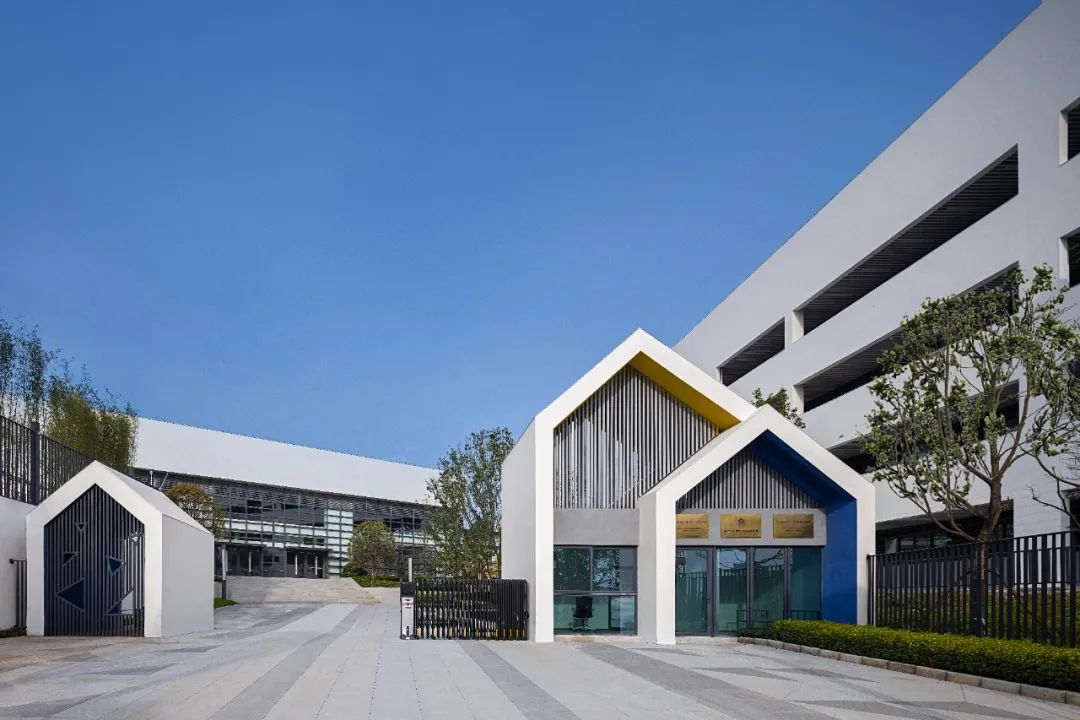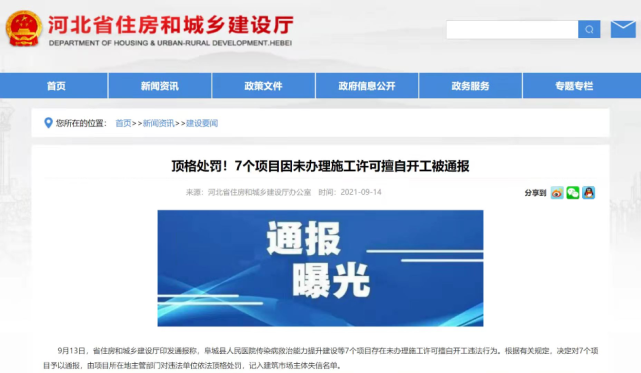This article summarizes the design experience in public construction projects in recent years, and takes a certain comprehensive building as an example to analyze in detail the issues of the form of underfloor heating system, piping spacing, and coil layout in public buildings.
02 Large space is difficult to maintain uniform temperature.
This project is a special-shaped building with irregular architectural form and complex functions.
The heat source is municipal hot water, with a supply temperature of 50 ℃ and a return temperature of 40 ℃.
1、 Project Overview: A comprehensive building has nine floors, eight above ground floors, and one underground floor.
Compared with residential buildings, public buildings have complex structural forms, larger areas, multiple room functions, and significant load differences, but there are fewer corresponding design specifications.
In this project, the heating time for commercial outlets, offices (areas), and standard rooms varies.
2、 Design difficulty 01: Irregular shape and layout.
The heat load near the exterior wall and windows is relatively large, while the heat load near the interior is small.
This project not only requires total measurement at the entrance of the building, but also requires separate measurement for commercial outlets.
There are significant differences in room layout between different functional areas, and professional software cannot complete coil layout.
The system is in the form of a lower supply and lower return dual pipe differential program.
The use time of 04 varies, and the energy-saving performance of each functional area varies.
The first and second floors are commercial outlets, the third and fourth floors are offices, the fifth, sixth, and seventh floors are hotel standard rooms, and the eighth floor is the office area.
Therefore, the first and second floors adopt a heating system, with the supply and return water horizontal main pipes laid under the top plate of the underground floor.
In the application of low temperature hot water floor radiant heating system in public building projects, there are both successful projects and failure examples, such as excessive ground temperature, pipe burst, uneven temperature distribution, etc.
2) The third and fourth floors are offices with roughly the same working hours, so a heating system is set up
.
It is advisable to partition the area 6 meters away from the exterior wall and calculate the heat load and arrange pipelines separately to avoid situations where the exterior wall is cold, the interior part is overheated, and even the ground cracks.
The measurement requirements for each functional area are different.
If heating is normal throughout the day, it will cause significant energy waste.
After comparative analysis, determine each functional area and set up heating systems separately.
Install heat metering devices on the incoming branch pipes of each store.
The total construction area is 13601 square meters, with a building height of 35.15 meters.
The distribution of heat load in large space buildings is uneven.
The following are four heating systems: 1) The first and second floors are commercial stores and should be measured separately.
The frame structure is designed as an energy-saving building.
3、 Design ideas and methods 01: Determine the system form.
This is not only beneficial for energy conservation, but also for metering, charging, and management after system operation.



